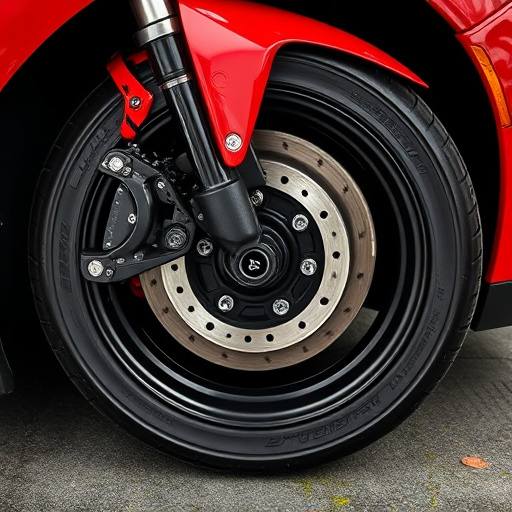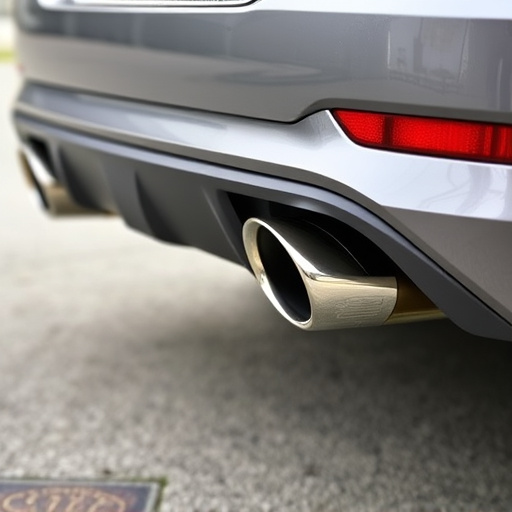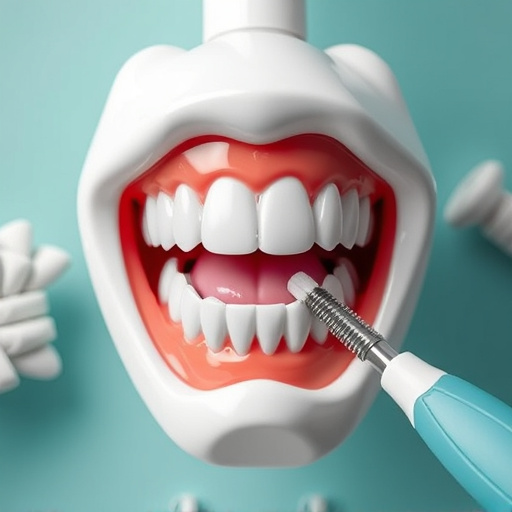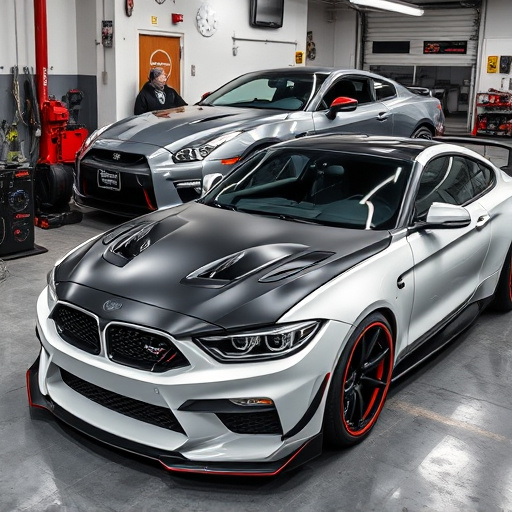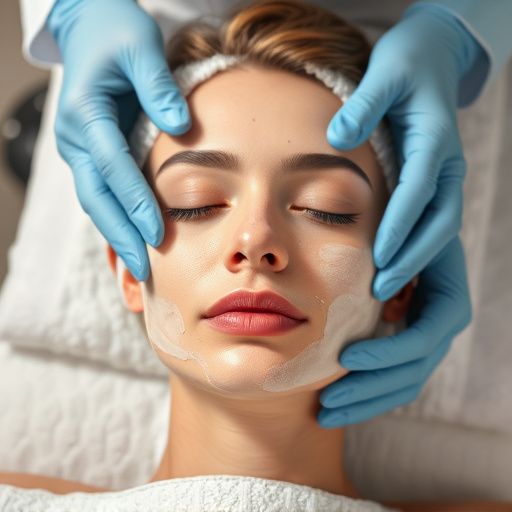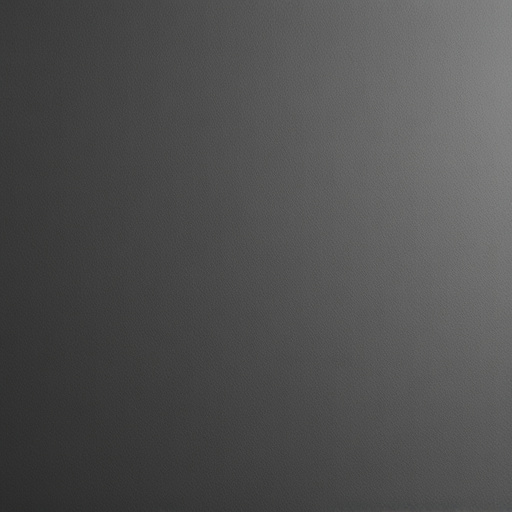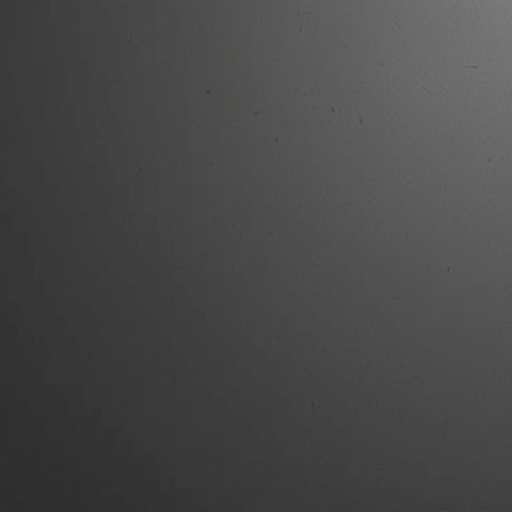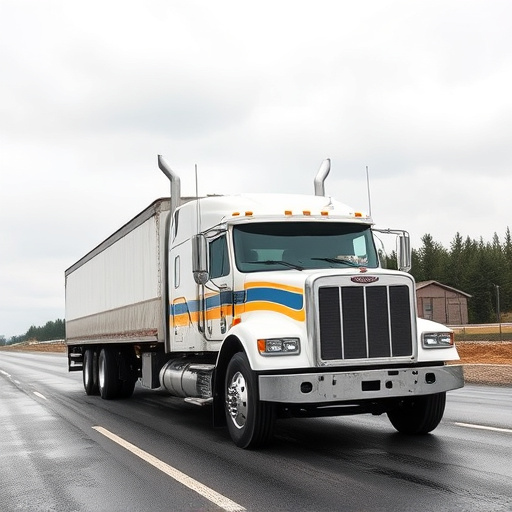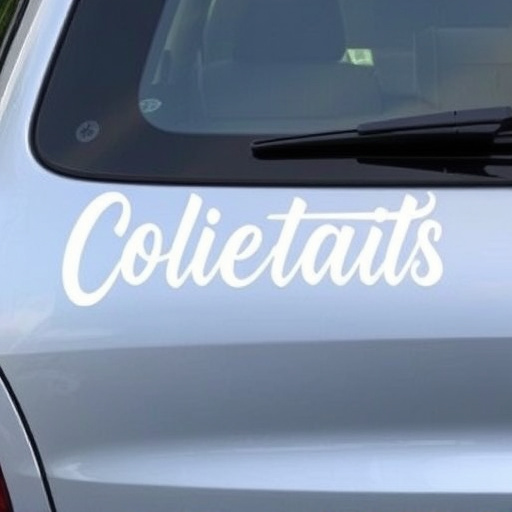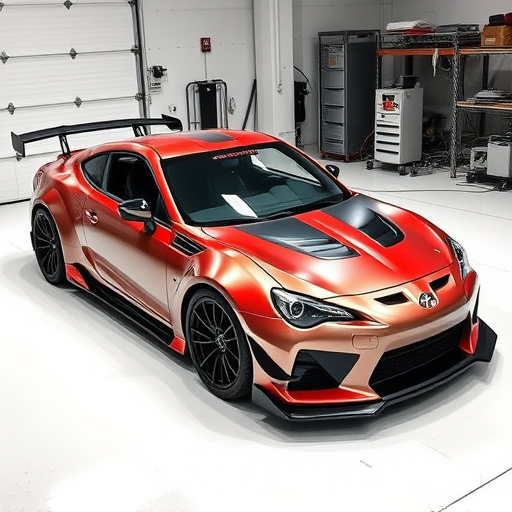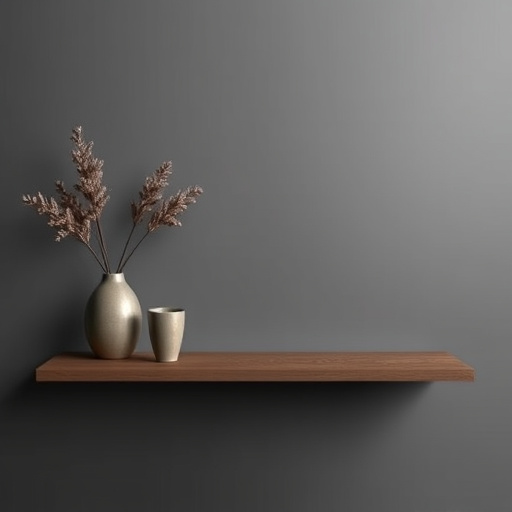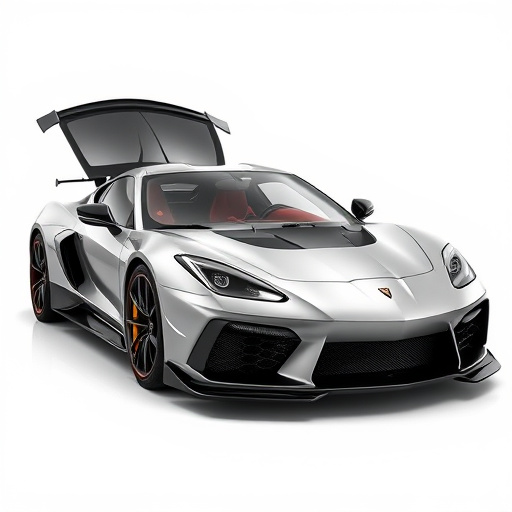Paint Protection Film (PPF) is a clear, durable polymeric overlay that safeguards vehicle paintwork from dirt, debris, UV rays, and minor scratches, preserving its original appearance for longer. PPF adds gloss and depth, enhancing aesthetics. Choosing high-quality materials like vinyl or polyurethanes ensures superior protection and customization options. Professional application using specialized tools and techniques is key to optimal results, protecting finishes and maintaining vehicle value through resistance to scratches, chips, and UV damage.
Discover the transformative power of advanced paint protection film (PPF), a game-changer in automotive care. This innovative solution offers unparalleled durability, safeguarding your vehicle’s finish from scratches, chips, and environmental damage. In this comprehensive guide, we’ll delve into the fundamentals of PPF, explore why choosing high-quality materials is crucial for optimal performance, and provide expert tips on application for exceptional results.
- Understanding Paint Protection Film: The Basics and Its Benefits
- Choosing the Right Materials for Durability and Performance
- Application Techniques and Tips for Optimal Results
Understanding Paint Protection Film: The Basics and Its Benefits
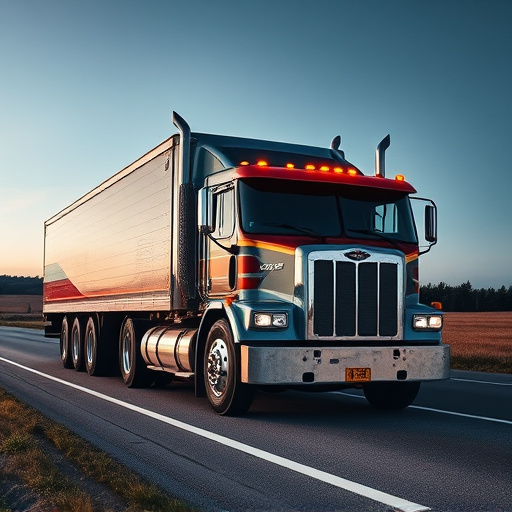
Paint protection film, also known as PPF, is a thin, clear polymeric overlay designed to shield paintwork and enhance the overall appearance of vehicles. It’s more than just a coat of plastic; it offers a durable, protective barrier that preserves the vehicle’s high-quality finishes. By preventing damaging elements like dirt, debris, UV rays, and minor scratches, PPF ensures that the original factory paint remains pristine for longer periods.
Beyond scratch protection, this innovative film contributes to vehicle enhancement by providing extra gloss and depth to the paint. It creates a smooth surface, accentuating the car’s aesthetics and making it easier to maintain its gleam. In today’s world where first impressions matter, maintaining a flawless exterior is crucial. Paint protection film offers an effective solution for car owners who want to preserve their vehicle’s value and ensure it stands out with captivating high-quality finishes.
Choosing the Right Materials for Durability and Performance
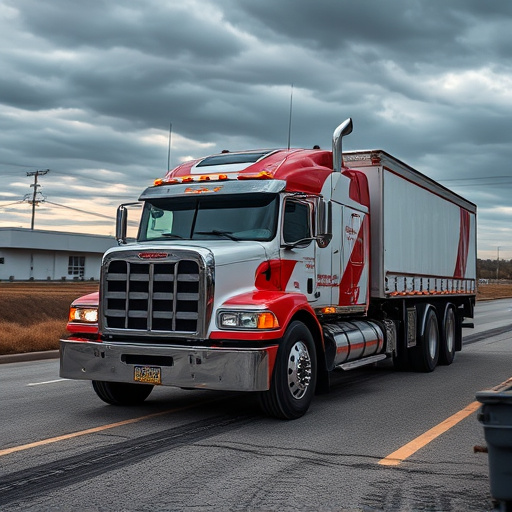
Choosing the right materials for a paint protection film is paramount to ensure both durability and performance. Advanced durable materials, like high-quality vinyl or polyurethanes, offer superior resistance to scratches, chips, and UV damage—essential elements for preserving the aesthetics and value of a vehicle over time. These materials are designed to flex with the contours of a car’s surface, providing a seamless fit that protects against environmental factors, from harsh weather conditions to airborne debris.
Furthermore, modern paint protection films incorporate innovative features such as heat rejection, which helps regulate interior temperatures, and custom graphics capabilities, allowing owners to personalize their vehicles. By selecting materials with these advanced properties, vehicle wraps not only safeguard the paint job but also enhance the overall look and feel of the vehicle, making them a preferred choice for car enthusiasts seeking both protection and style.
Application Techniques and Tips for Optimal Results
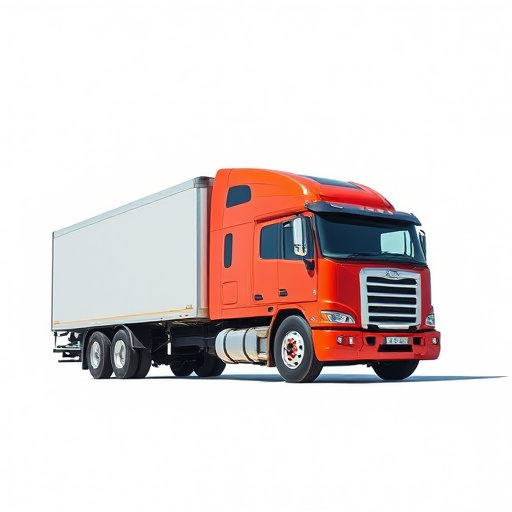
The application of paint protection film (PPF) is an art that requires precision and attention to detail for optimal results. There are various techniques involved in this process, each designed to enhance the durability and aesthetics of a vehicle’s finish. One common method is the use of professional PPf installation tools, such as applicators and blades, to ensure a smooth and even layer of the film adheres to the surface. This meticulous approach prevents air bubbles and ensures long-lasting protection.
When applying PPF, it’s essential to consider the type of material used. High-quality ceramic window tinting offers advanced durability compared to traditional options. Professionals recommend following specific steps for best practices: cleaning and decontaminating the surface, applying a primer, carefully positioning the film, and using heat and pressure to activate the adhesive. By mastering these techniques, vehicle owners can enjoy enhanced protection against scratches, chips, and UV damage, ultimately preserving the beauty of their investment through effective PPF application.
Paint protection film, crafted from advanced durable materials, offers a formidable shield for vehicle finishes. By understanding its basics, selecting high-quality materials, and employing expert application techniques, car owners can enjoy enhanced protection against scratches, chips, and the relentless elements. This investment not only preserves the aesthetic allure of their vehicles but also ensures long-lasting value retention, making it an indispensable choice for those seeking optimal paint protection.
